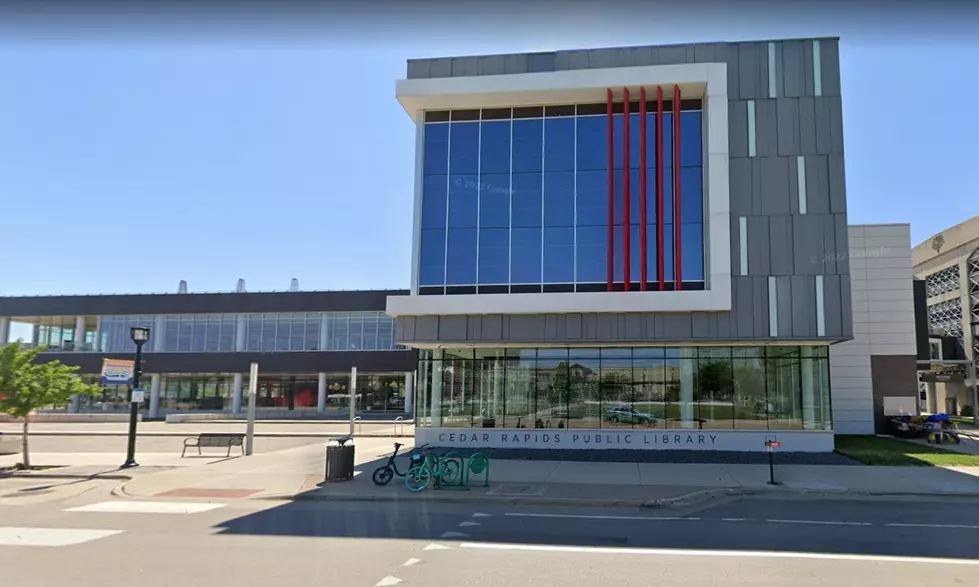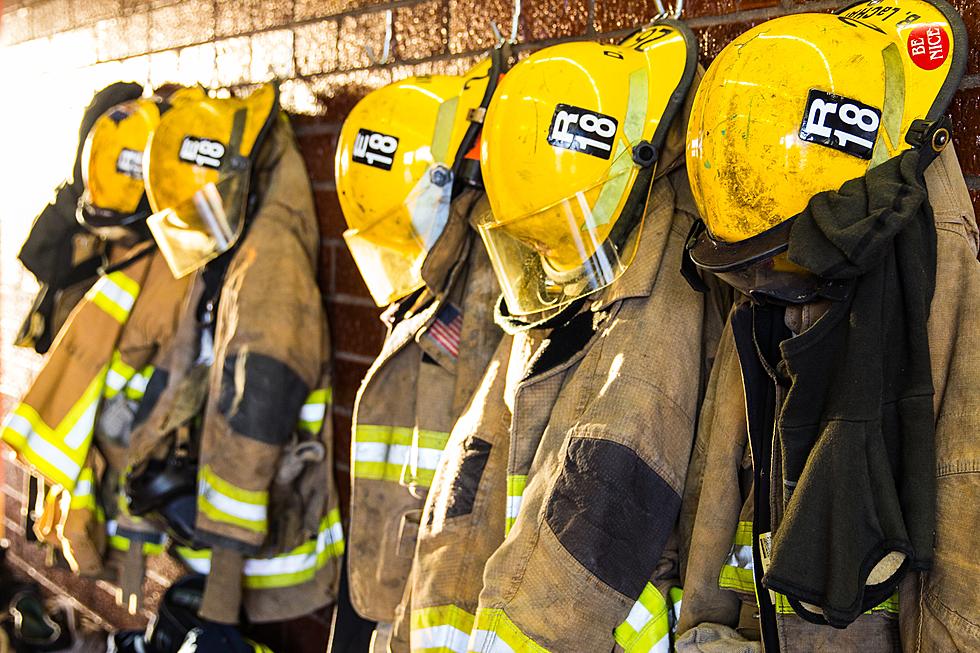According to the Cedar Rapids Gazette, Iowa has 738 registered fire departments. Of those, nearly 90 percent (662) of them are fully volunteer-based. And the numbers of volunteers many can maintain on staff continue to dwindle.
The reasons for the declining numbers are pretty obvious. In Coralville, as in likely many other volunteer fire departments, recruits who join the team are likely seeing it as a "stepping stone" to move toward a job with a paying department. Such was the case with Jason Lang, who got his start there before moving to Arkansas, where we recently reported he tragically lost his life in the line of duty.
It's not explicitly stated, but it's possible that while all firefighters feel motivated to serve their community, perpetually taking on those risks without pay only goes so far.
If you're a volunteer firefighter, you likely also have a "regular" job and other obligations, making your availability limited.
To alleviate these staffing issues, volunteer fire departments have resorted to networking, or as they call it "Mutual and Automatic Aid" agreements. They will partner with a neighboring town or towns to pull from their pool of available firefighters in an emergency. Such an agreement is currently in place between Hiawatha, Robins, and Monroe Township. Each department will be automatically contacted if another needs their services in an emergency.
The only problem this poses is one of time, in that if one department gets there first while another is on its way, they may be told to turn around because they're no longer needed.
For folks who'd like to help their community beef up their volunteer firefighter crews, there are several links below to Eastern Iowa volunteer-based departments you can contact.
- Coralville Volunteer Fire Department
- Hiawatha Volunteer Fire Department
- Robins Fire Department
- Waverly Volunteer Fire Department
- Mt. Vernon Fire Department
- Vinton Fire Department
- Ely Volunteer Fire Department
Cedar Rapids 1916 Authentic Bohemian Firehouse Airbnb
LOOK: Here are the 25 best places to live in Iowa
More From Q98.5






![BREAKING: Major Fire at Lost Island Theme Park in Waterloo [PHOTO]](http://townsquare.media/site/675/files/2021/11/attachment-RS23521_GettyImages-496859800.jpeg?w=980&q=75)
![Semi Crash on I-380 South This Morning Sparked a Huge Fire [VIDEO]](http://townsquare.media/site/676/files/2021/12/attachment-I-380.jpg?w=980&q=75)


